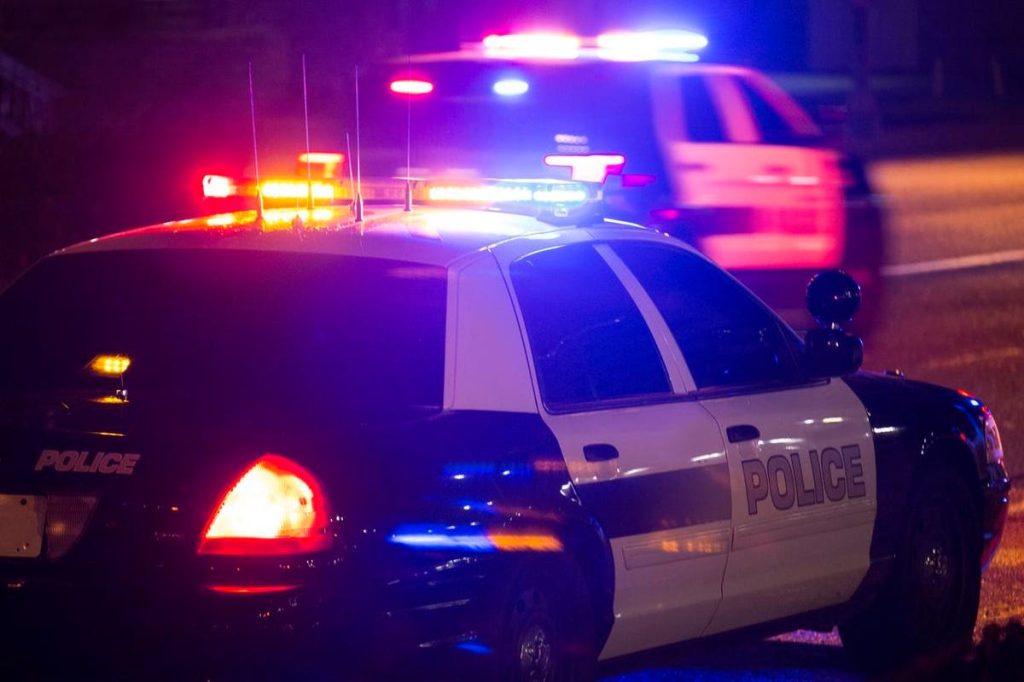There’s a moment in everyone’s life when they want to drive a cop car. Some become police officers to accomplish the desire. Others drive on the big screen. And in extreme cases, an unwise few become serial police impersonators with a fleet of 20 fake police cars. But for the average American, driving a police cruiser is a fleeting fantasy.
Recognizing that many Americans would love to test drive a cop car legally, the National Law Enforcement Officers Memorial Fund (NLEOMF), an institution that memorializes the thousands of law enforcement officers who lost their lives while in service, sought a solution. It teamed up with military defense contractor L3Harris to offer free access to the same driving simulator used to train law enforcement officers nationwide. The tool, called the PatrolSim Simulator, is located at the NLEOMF Museum in Washington, D.C.
The simulator allows a driver to experience the uncertainties of driving emergency vehicles at high speeds – with life-like pursuits and the related hazards a police officer will face. The simulator is very popular amongst museum guests – and driven by licensed and unlicensed drivers alike.
For those seeking to learn the history of the cop car, the Museum also curated an exhibit named Roll Out, which displays photographs and other memorabilia of the different type of police cruisers that were used from 1920 to 1975. It includes historical photos of cruisers in police use, including one involved in JFK’s assassination.
And finally, for something more life-like, the Indiana State Police have an actual marked Dodge Charger, equipped with working lights and sirens, which were deactivated after a couple of lively incidents. The vehicle is staged to allow museum patrons to take selfies – in the front seat or rear – hopefully being the only time they’ll sit in the back of a police vehicle.
“Some of the many unique items in our Museum, like the driving simulator and cruiser collection, stand to reinforce our commitment in providing the best experience for visitors to explore the many facets of law enforcement. These experiences demonstrate modern techniques used to train law enforcement, down to the cutting-edge technology that police officers are equipped with in their everyday job, enabling them to protect the communities and people they serve,” explains Thomas Canavan, Executive Director, National Law Enforcement Museum
The NLEOMF Museum also features a rich collection of other police memorabilia chronicled to match historical events of fallen officers. This includes a weapons’ exhibit as well as time capsules with artifacts dating as far back as the 1800s. And for something more modern, there is a movie section, which includes law enforcement props from famous TV shows and movies, including the RoboCop costume.
If you can’t make it to the NLEOMF Museum, most police officers will be happy to allow you to take a picture with their patrol vehicles (if you ask politely). However, if you try to drive one, then expect to be in its rear seat shortly after.
Read the full article here









